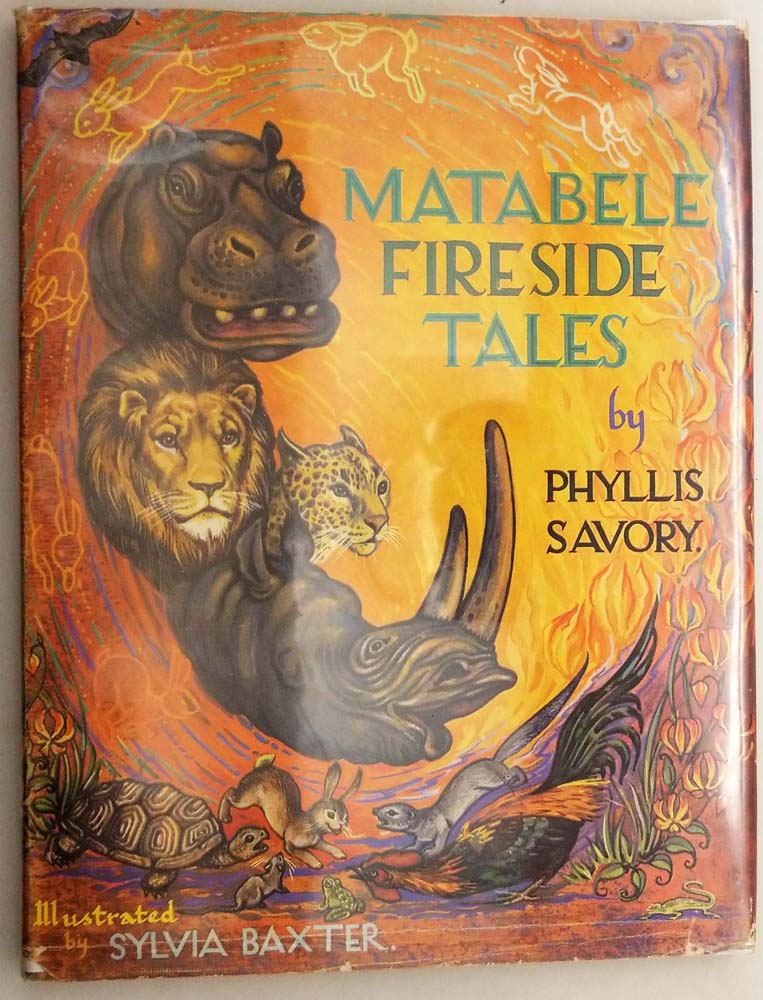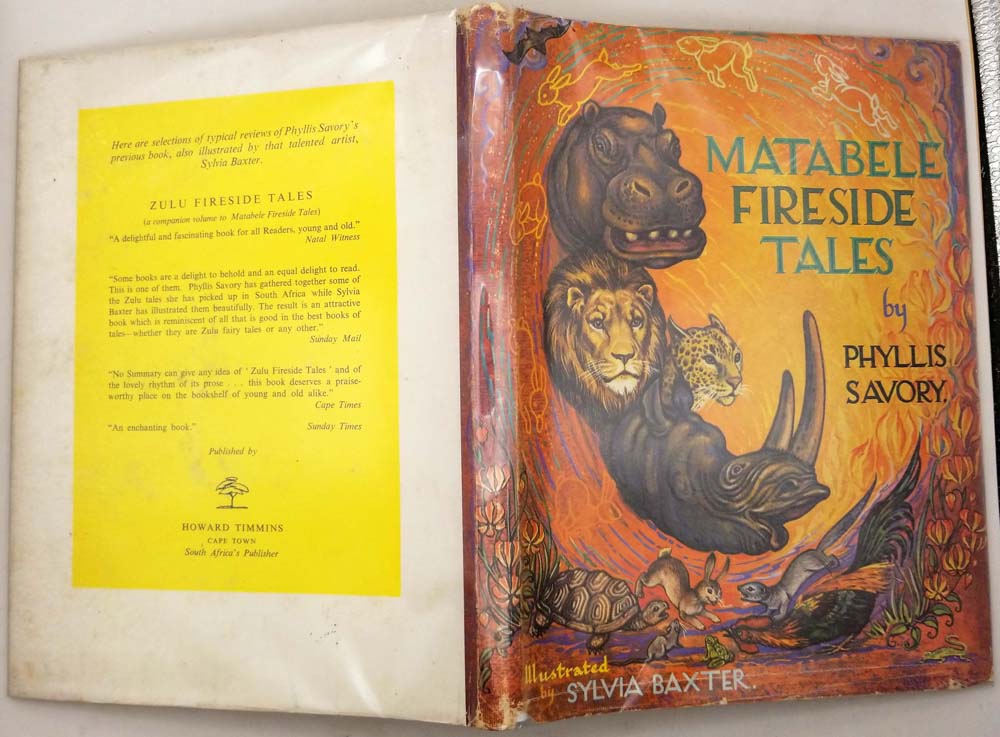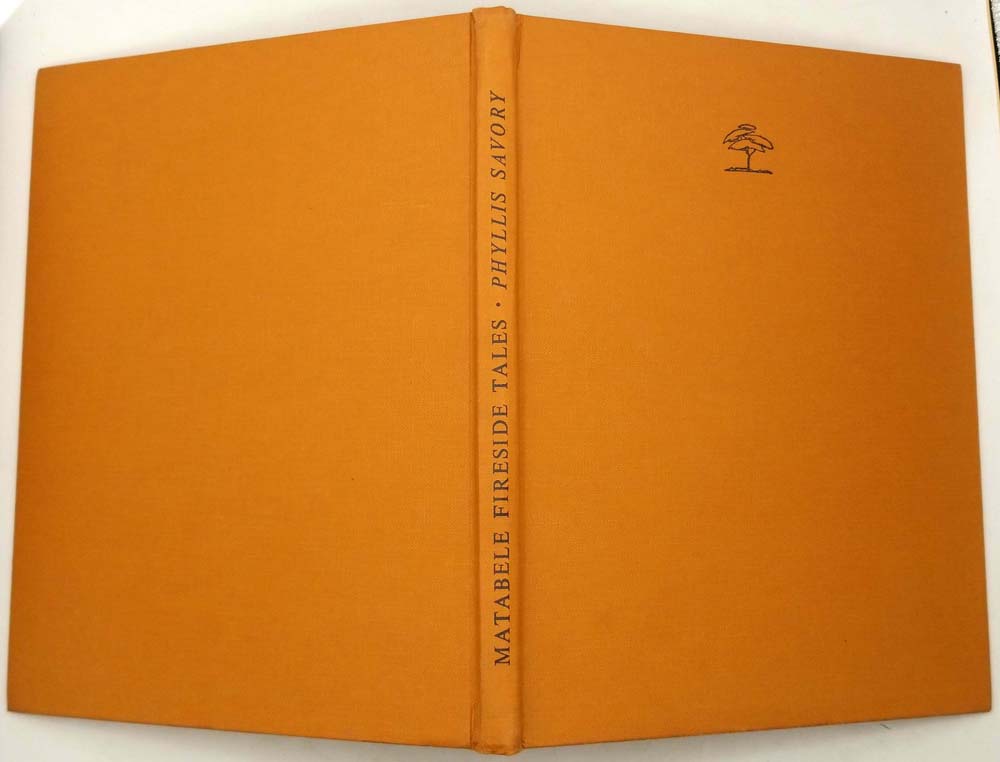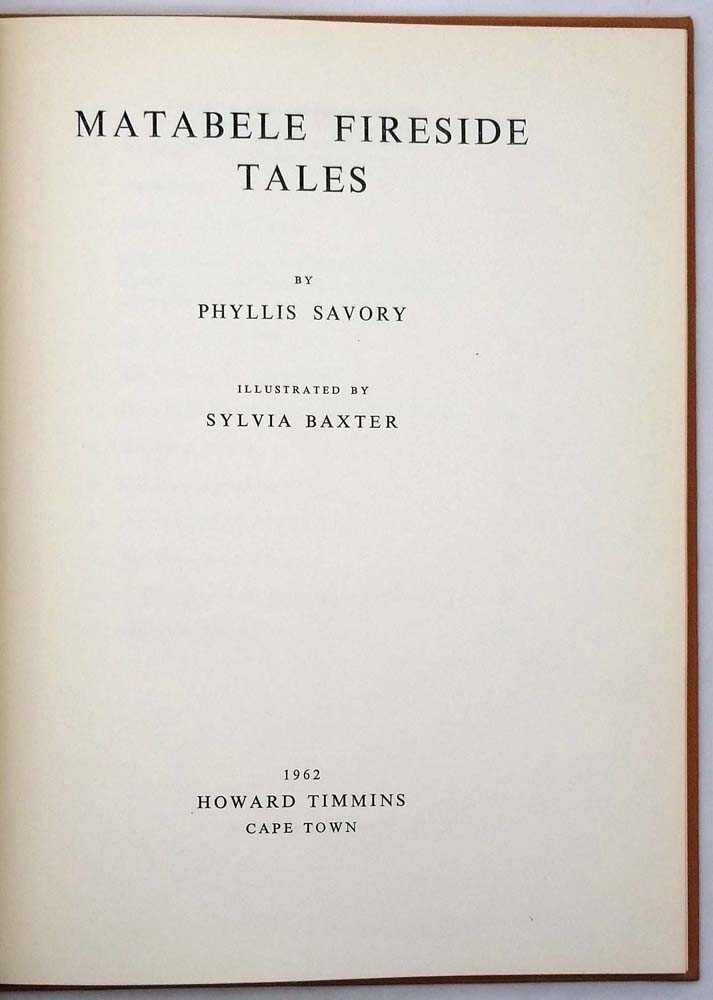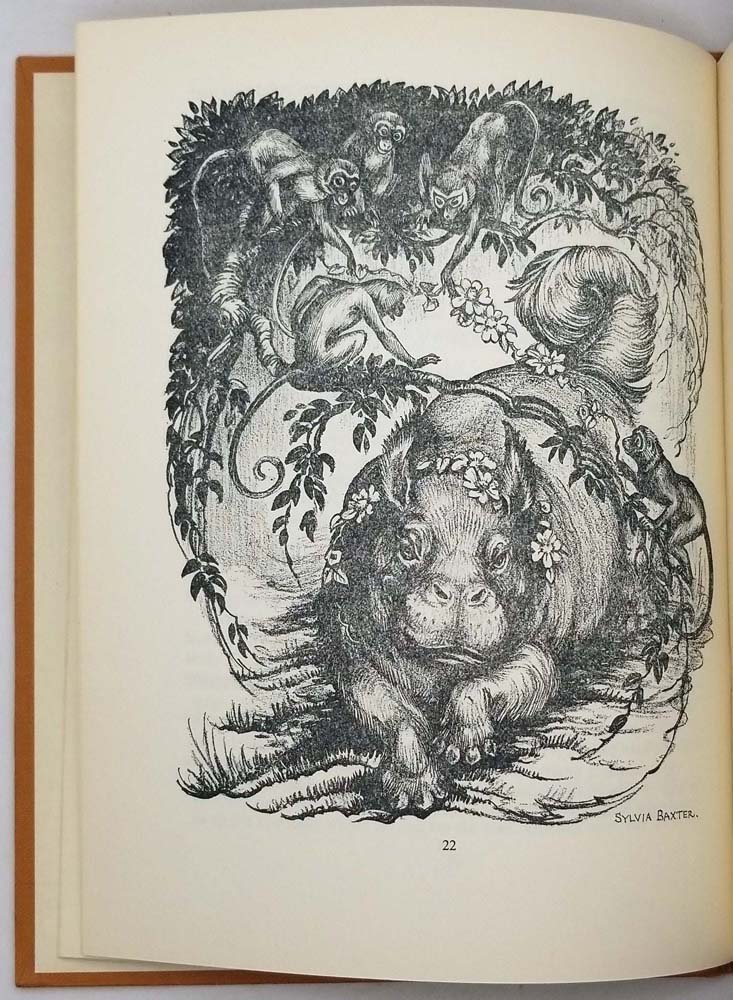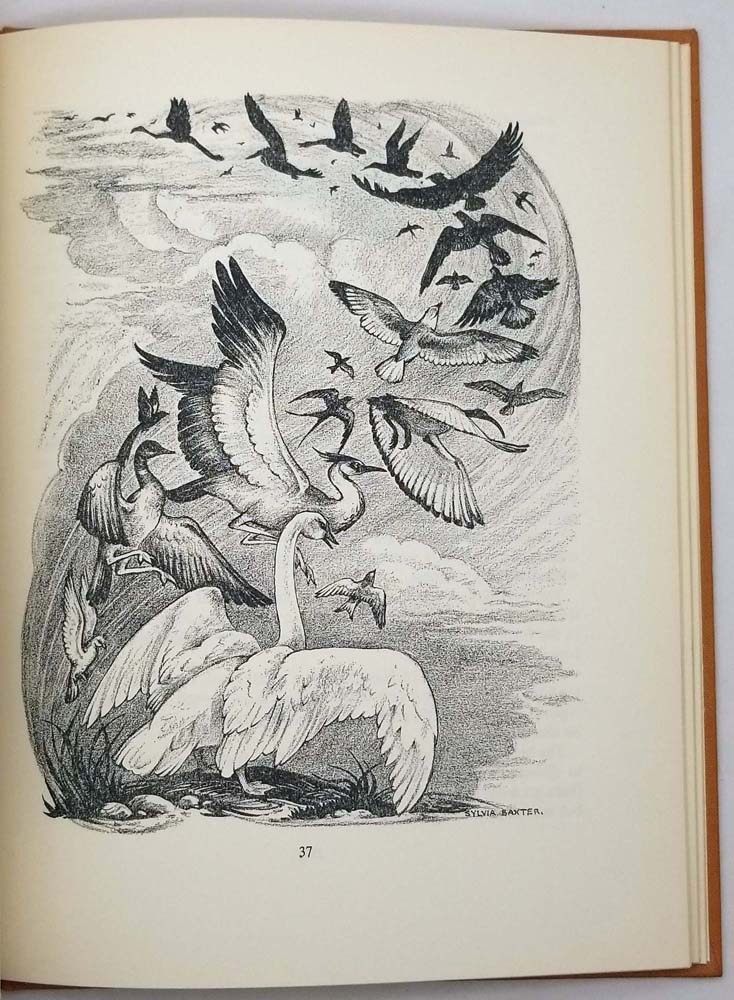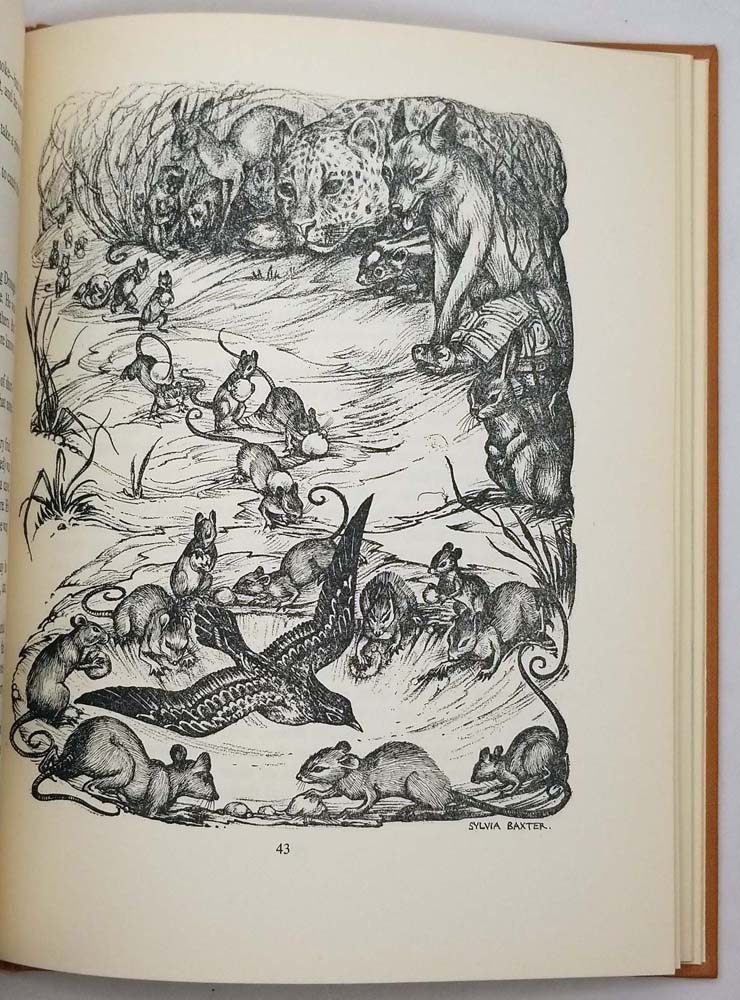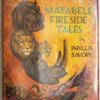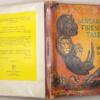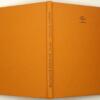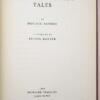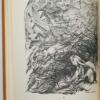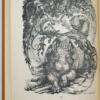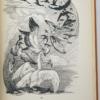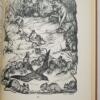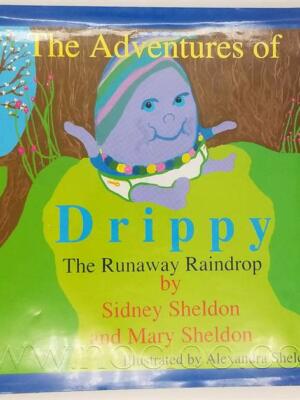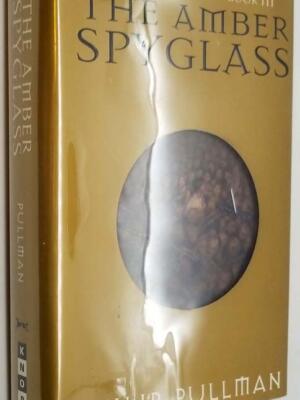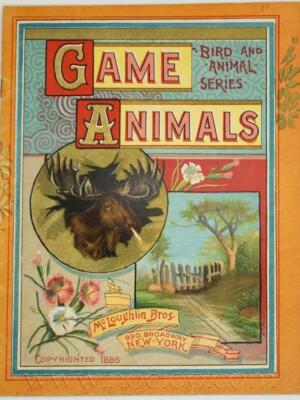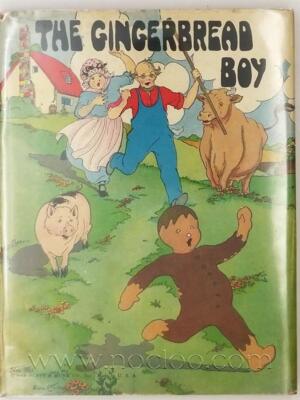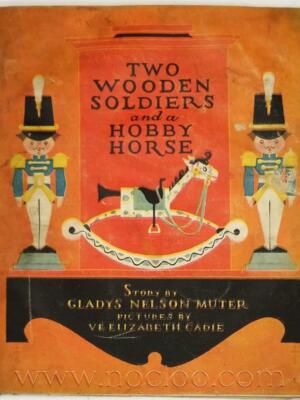Baxter’s bold, woodcut-style illustrations amplify the text’s vitality, capturing the rhythms of Ndebele oral tradition with angular figures and symbolic motifs reminiscent of Shona stone carvings. The interplay of earth-toned inks and dynamic compositions immerses readers in a world where animals debate, gods test mortals, and firelight dances on storytellers’ faces.
While the book reflects its 1970s colonial context, its preservation of Indigenous narratives makes it a valuable cultural artifact. Modern readers should approach it as a product of its time, best paired with contemporary works like Alexander McCall Smith’s Children of Wax for broader Southern African perspectives.
A treasure for folklore enthusiasts and collectors of mid-century illustrated books, especially in early editions where Baxter’s art shines.
